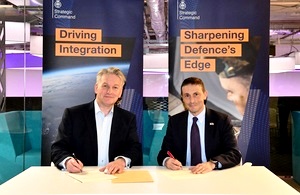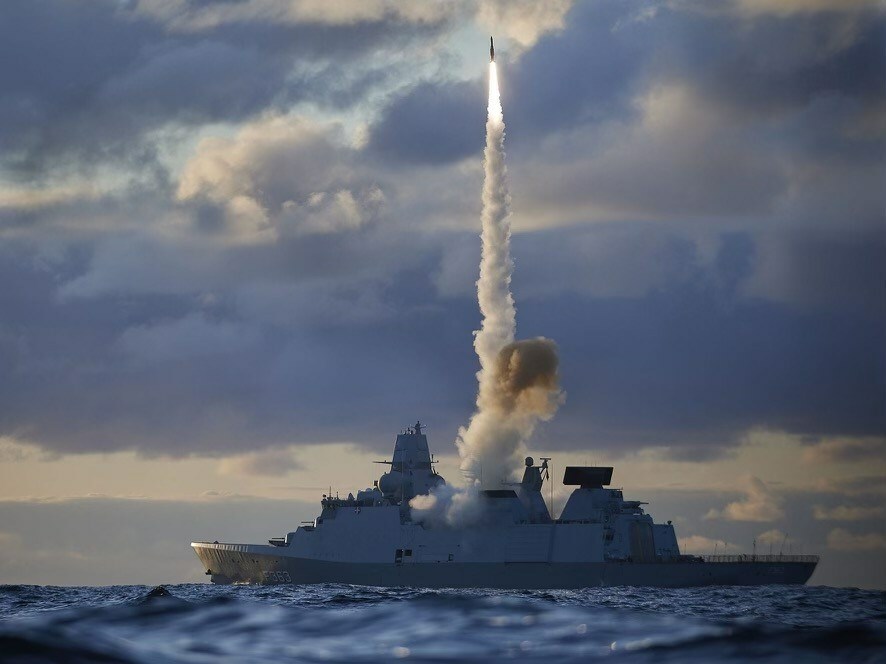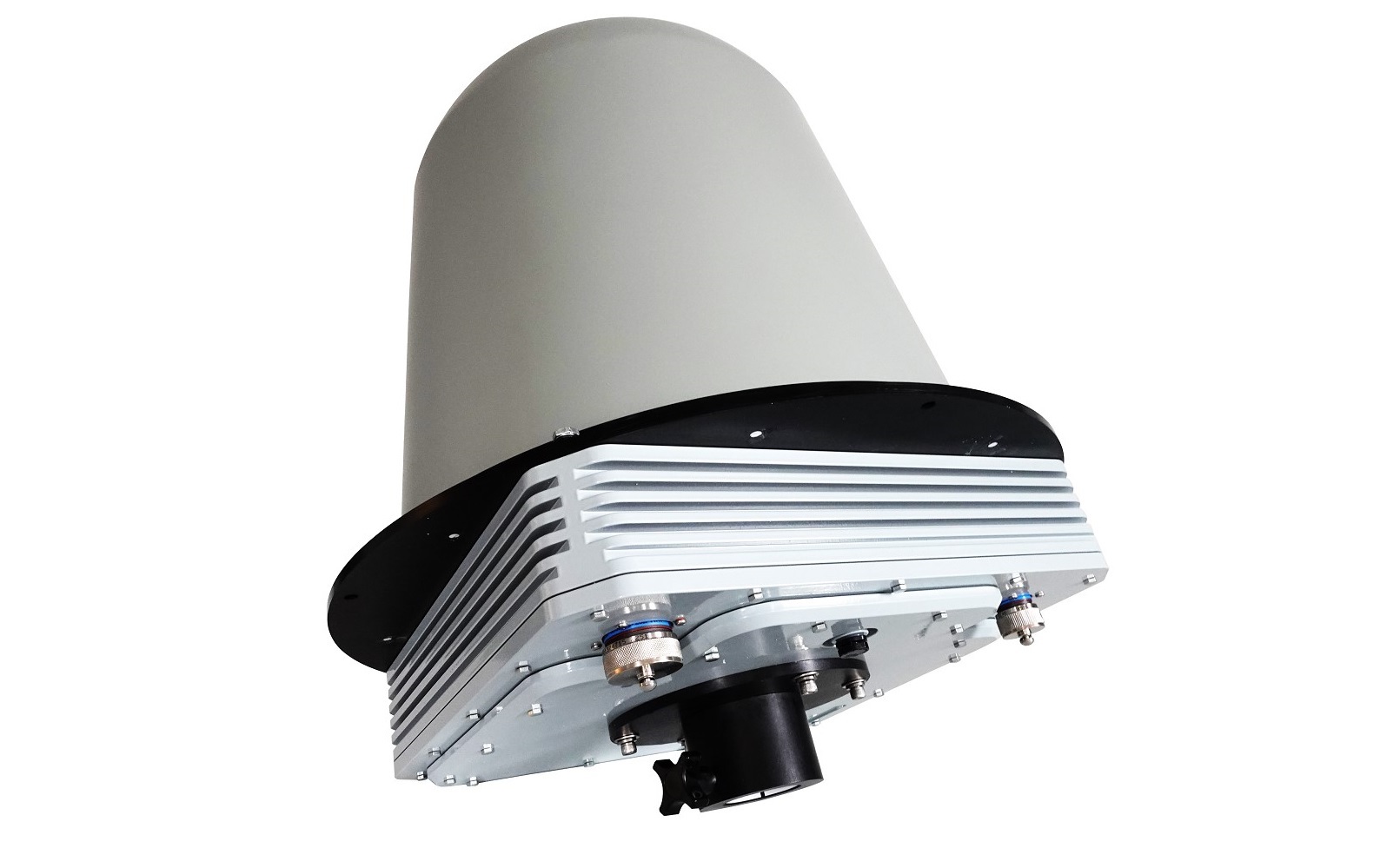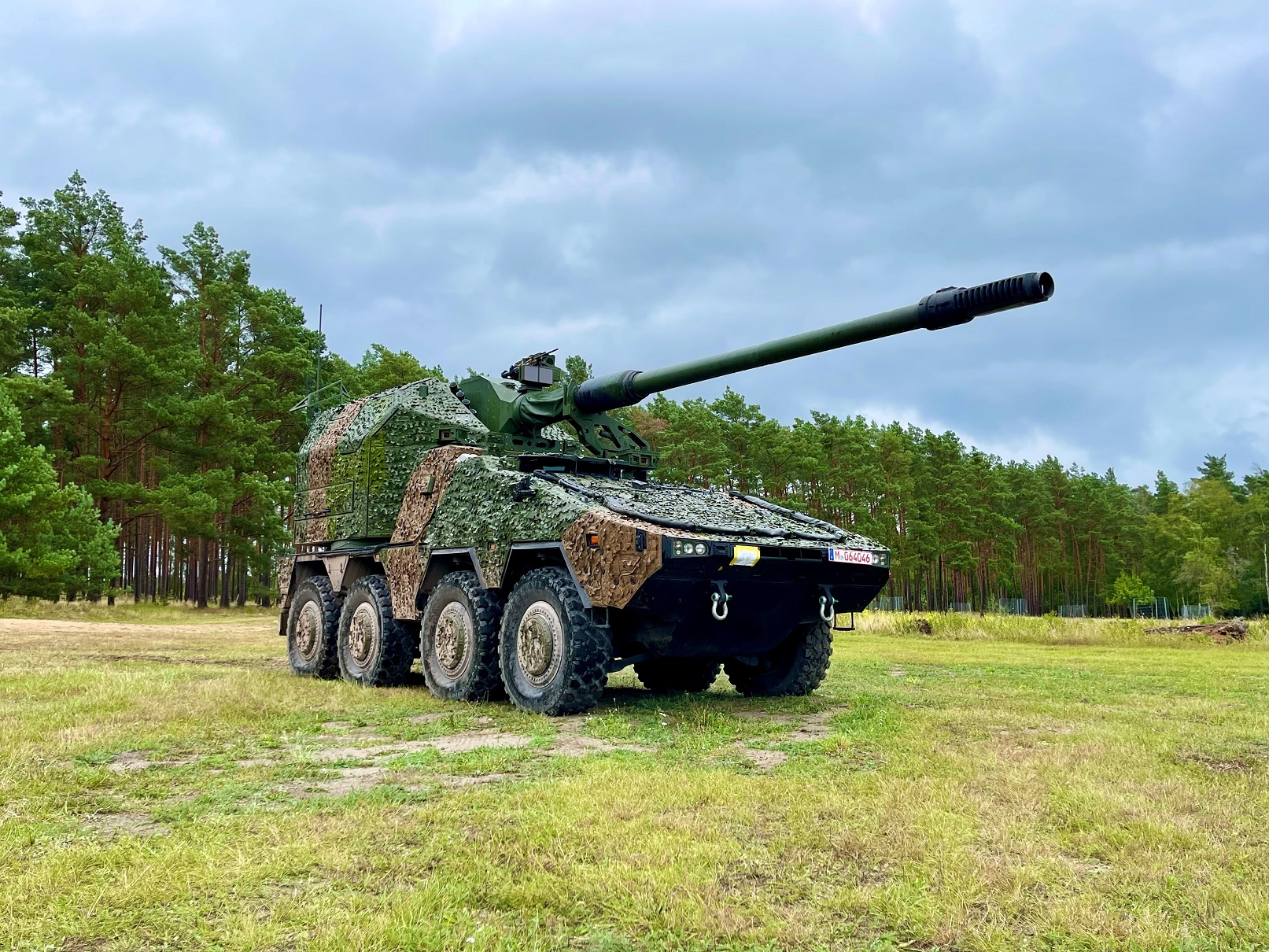ORP: a risk based approach to acquisition and through-life support
 The objective in future must be to ensure that risks identified and realised in the past are not repeated and effective mitigations are in place for the whole of lifecycle of the replacement ships. Past problems have been highlighted most recently by the reviews of Mortimer, Rizzo and Coles, which all point to sustainment failings that prevented stakeholders from adequately identifying and addressing the risks to achieving operational objectives. This can be only achieved by ensuring that mitigation is effectively implemented at the acquisition phase and managed throughout the whole of lifecycle.
The objective in future must be to ensure that risks identified and realised in the past are not repeated and effective mitigations are in place for the whole of lifecycle of the replacement ships. Past problems have been highlighted most recently by the reviews of Mortimer, Rizzo and Coles, which all point to sustainment failings that prevented stakeholders from adequately identifying and addressing the risks to achieving operational objectives. This can be only achieved by ensuring that mitigation is effectively implemented at the acquisition phase and managed throughout the whole of lifecycle.
It is essential that stakeholders focus on operational objectives throughout the acquisition, and look at the physical material as only one piece of capability required to achieve the desired objectives. By taking a risk based approach to the acquisition and through-life sustainment, and developing an Operational Risk Profile (ORP), associated risks to achieving the operational objectives can be identified. This approach ensures that within each step of the acquisition phase, the necessary mitigation measures are in place and are effectively managed throughout the whole of lifecycle.
The ORP provides stakeholders with the medium they require to make objective based decisions about the acquisition and through-life sustainment, both technically and financially. Through this process there should be no unplanned, or at least substantially reduced, expenditure as budgets are fully justified against each line of mitigation.
For the ORP to be fully effective, all eight Fundamental Inputs to Capability (FIC) must be addressed, identifying the risks arising from organisation, personnel, collective training, major systems, supplies, facilities and training areas, support, command and management. In essence, the ORP seeks to identify any risk that may prevent the operator from achieving his assigned operational objectives. Many of the risks identified will be mitigated through existing defence practices but nevertheless, they all need to be reviewed to ensure current practices are equally applicable to the new acquisition.
The Armidale Class Patrol Boat (ACPB) fleet is an excellent example where the acquisition process did not adequately address all of the associated risks and in turn, not all operational objectives were met. The vessels were procured from a commercial shipyard, are managed by a commercial company under commercial ship classification, yet owned and operated by the Navy, on a rotational crewing basis. This is a feasible acquisition and operational model but required a level of risk management that did not appear to be evident. Remedial programs have taken place to rectify the issues, but failure to fully develop and mitigate the risks identified through a process such as the ORP remains an ongoing concern for the vessels.
.jpg)
Above: HMAS Broome (ACPB 90), named for the city of Broome, Western Australia, is an Armidale class patrol boat of the Royal Australian Navy (RAN).
In developing the ORP, stakeholders must look to the whole of lifecycle of the platform. For the replacements of HMAS Sirius and HMAS Success, the basic operational objective is to provide a Replenishment at Sea (RAS) capability for the RAN. Considering the FICs, it is important to consider outside factors such as the current shortage of operators and maintainers within in the mining sector and the possible resultant pull of skilled personnel from the Defence Force and contracted support organisations. Also the increasing environmental legislation that is imposed by the International Maritime Organisation (IMO), requiring better ship efficiency, compounded by the increasing cost of diesel.

Above: HMAS Sirius in the Coral Sea after completing a replenishment in July 2013.
It is expected that the majority of risks that will be identified are not unique and through the process of developing an ORP that helps the operator to identify all of the risks which may affect his ability to achieve his operational objectives, effective mitigation that is already in place, or has been used before, can be implemented. This will include documented organisational systems and processes, training and shore support facilities and organisations. Where this is not the case, then innovative solutions will need to be defined through the critical baselines of operation, maintenance and configuration. This will require a risk based approach with extensive stakeholder engagement.
Ultimately, the total cost of ownership will be derived from, and justified against, the risks identified in the ORP, which provides stakeholders with an objective basis on which to found their technical and financial decisions. An early component of the ORP is a risk based trade-off between the investment and the subsequent operational objectives.












